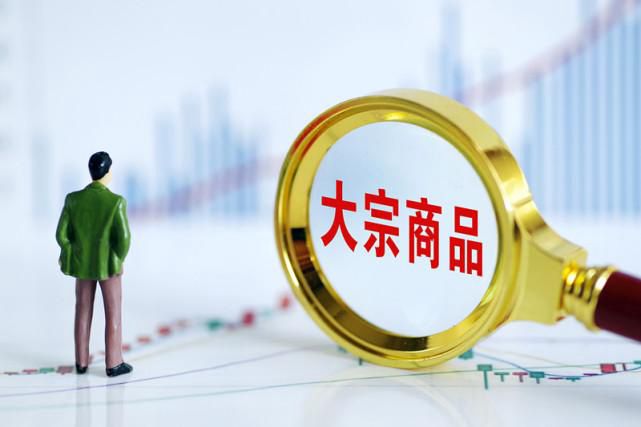Iron ore prices hit a record high on Monday in the latest sign of a boom in commodities markets. Commodity markets have been on a tear in recent weeks as big economies recover from the outbreak.
Iron ore, the raw material used to make steel, is an important source of revenue for the mining industry, the report said. Iron ore prices rose 8.5 per cent to an all-time high of almost $230 a tonne.
Prices of other commodities, including copper, also rose sharply. Copper hit an all-time high of $10,747 a tonne before paring gains. The rally in commodity prices comes amid a general surge in the cost of raw materials. The surge has been going on for more than a year and is sparking talk of a return of the supercycle. A supercycle is a period of time when prices are well above long-term trends.
Lumber prices have also hit record highs as the nation's sawmills struggle to keep up with demand ahead of the peak summer home construction season.

"With a synchronized recovery among the world's economic powerhouses, commodity demand signals are coming from everywhere," said Bart Melek, head of commodity strategy at TD Securities in Canada.
The report cited strong demand from China, the world's largest consumer of commodities, international investment in economic recovery plans following the COVID-19 pandemic, previous disruptions to commodity supplies and big bets on a green energy transition.
Commodity prices have also been boosted by a weak dollar and investors hoarding assets to offset inflation.
The S&P GSCI commodity index, which tracks prices of more than 20 raw materials, is up 26% this year.
Strong investor demand pushed the value of commodity assets held by fund managers to an all-time high of $648 billion in April, according to Citigroup. The bank said all sectors rose in April, with agriculture and precious metals leading the way.
The report notes that agricultural prices have risen particularly strongly. It's the planting season in the United States, and the current drought is pushing up prices for agricultural products. Corn and soyabeans hit $7.60 and $16.22 a bushel, respectively, both at their highest levels since 2013.
"The ingredients of a supercycle are all there, from the macroeconomic environment to strong demand and production concerns," says Dave Whitcomb of Peake Trading Research, a commodities specialist.

Rising copper and iron ore prices have been a boon for big mining companies, which are on track to record revenues -- surpassing the peaks reached during the commodities boom in the early 2000s, the report said.
The price of Brent crude, the international oil benchmark, has climbed back to $70 a barrel, having surpassed that mark in March for the first time in more than a year, recovering losses as the outbreak cut demand and markets wobbled.
Production cuts by major producers have helped boost the market as global oil consumption has begun to recover, the report said. Some Wall Street banks hailed the start of a new supercycle. But the IEA said oil supplies remain ample, meaning talk of a supercycle is premature.

